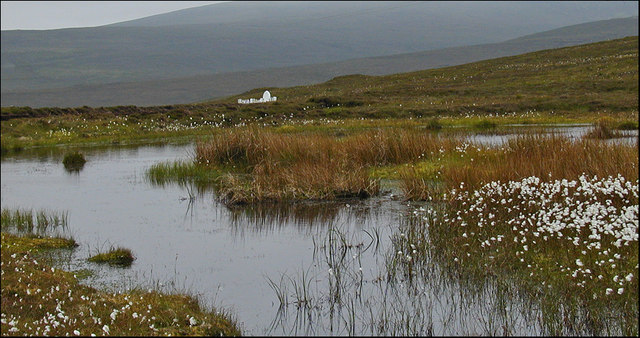Betty Corrigall on:
[Wikipedia]
[Google]
[Amazon]
Betty Corrigall ( 1770) was a

Malcolm MacWatt
has a song about Betty Corrigall entitled "The Lady Of Hoy" on his 2024 EP 'Stubble And Straw: The Dark Harvest Gleanings'
Scot
Scottish people or Scots (; ) are an ethnic group and nation native to Scotland. Historically, they emerged in the early Middle Ages from an amalgamation of two Celtic peoples, the Picts and Gaels, who founded the Kingdom of Scotland (or ...
whose body was found 150 years after her suicide and burial in an unmarked grave. Her grave is now a popular tourist site on Orkney, and she was the inspiration behind the 2012 album ''Orkney: Symphony of the Magnetic North'' by The Magnetic North
The Magnetic North are a British band, formed between multi-instrumentalist Simon Tong, Orcadian artist and producer Gawain Erland Cooper and singer, composer and orchestral arranger Hannah Peel. Their songs are part autobiography and part ...
.
Life
Corrigall lived in Greengairs Cottage near Rysa on Hoy onOrkney
Orkney (), also known as the Orkney Islands, is an archipelago off the north coast of mainland Scotland. The plural name the Orkneys is also sometimes used, but locals now consider it outdated. Part of the Northern Isles along with Shetland, ...
in the 1770s. At the age of 27, she had a short romance and became pregnant. Her boyfriend, a whaler by trade, abandoned her and returned to the sea. Betty had little in the way of support. She attempted suicide, but was rescued by local residents. A few days later, a second suicide attempt by hanging was successful.
Due to the laws at the time, the Lairds of Hoy and Melsetter would not allow her to be buried on their property. She was laid to rest outside their boundary in an unmarked grave.

Exhumation and headstone
Her body was discovered in either 1933 or 1936 by peat diggers who came across her wooden coffin. Her remains were well preserved in the peat. The procurator fiscal requested that she be buried in the same spot. In 1941, a group of soldiers dug up her body and referred to her as the Lady of Hoy. After this, she was regularly dug up and quickly began to decompose. A concrete slab was therefore placed over the grave. In 1949, the American minister Reverend Kenwood Bryant visited Hoy and was so moved that he asked Mr. Harry Berry, a customs officer, to create a proper headstone. This eventually happened 27 years later, after Mr. Berry's retirement. However, due to the boggy ground, a stone headstone was unsuitable, and a fibreglass one was erected instead. It reads, "Here lies Betty Corrigall." Betty's grave is now a popular tourist site.In popular culture
In 2013,The Magnetic North
The Magnetic North are a British band, formed between multi-instrumentalist Simon Tong, Orcadian artist and producer Gawain Erland Cooper and singer, composer and orchestral arranger Hannah Peel. Their songs are part autobiography and part ...
released their debut album, ''Orkney: Symphony of the Magnetic North''. Founder member Erland Cooper
Gawain Erland Cooper is a Scottish composer, producer and multi-instrumentalist. Cited as "one of the most unique, consistently engaging composers of his generation", he was born and raised in Stromness, Orkney. As an interdisciplinary artist, h ...
stated that the inspiration for the making of the album was a dream he had, wherein Corrigall insisted he wrote an album about his home.
The Scottish band The Knowe O'Deil (of which Ivan Drever
Ivan Drever is a Scottish folk singer, songwriter and guitarist. He often tours with fiddler Duncan Chisholm who founded the Celtic rock band Wolfstone which Drever joined in 1990 but left in later years. Drever has mixed traditional folk with so ...
was a member) released an album called ''Orkney Anthem,'' which includes the track "Betty Corrigall".
English folk singer-songwriter Reg Meuross wrote a song about Betty Corrigall called "The Dreamed and the Drowned", which is the title track of his 2011 album.
Scottish singer-songwriteMalcolm MacWatt
has a song about Betty Corrigall entitled "The Lady Of Hoy" on his 2024 EP 'Stubble And Straw: The Dark Harvest Gleanings'
References
{{reflist Suicides by hanging in Scotland 18th-century suicides 18th-century Scottish women